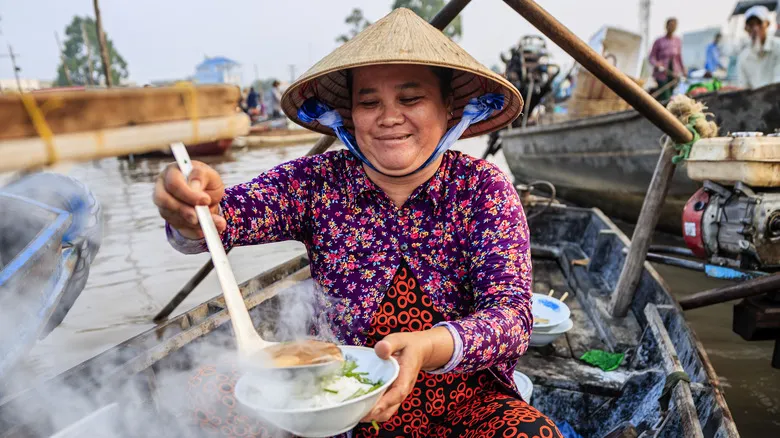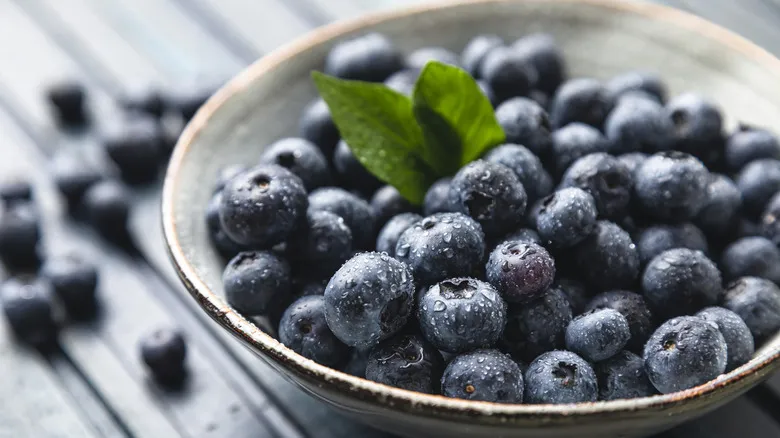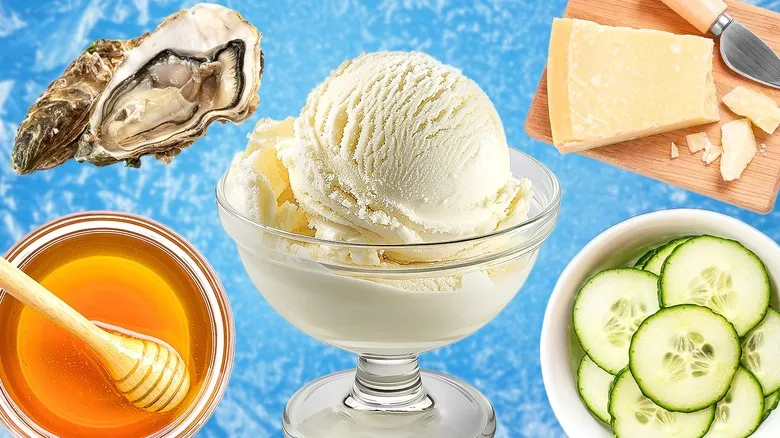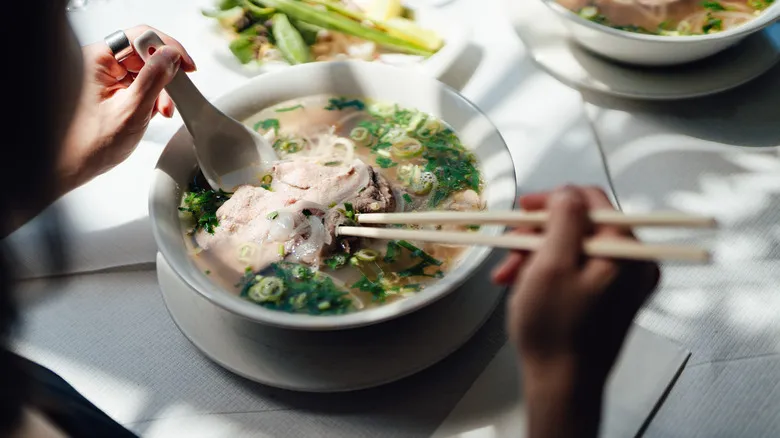Pho's growing popularity and changes in the south

While pho originated in Nam Dinh, it gained popularity in Hanoi during the 1930s, with numerous vendors setting up mobile kitchens throughout the Old Quarter to serve the dish. However, the landscape changed dramatically after the First Indochina War, when Vietnam achieved independence and was split into two regions by the Geneva Accords in 1954. This division prompted around a million Vietnamese to migrate from the north to the south, bringing their pho recipes along with them.
In the south, chefs began to create variations of pho, utilizing premium cuts of beef, enhancing the broth with sweetness, and incorporating spices. Throughout the 20th century, Saigon saw a surge of diverse pho styles, influenced by the city's Cambodian and Chinese communities. Chefs started to experiment with ingredients like hoisin and soy sauce, Chinese rock sugar, radishes, Thai basil, bean sprouts, and fermented bean paste. Southern pho is characterized by its bold flavors, in contrast to the more straightforward approach taken in the north.
After the Vietnam War, the tradition of pho spread rapidly as Vietnamese immigrants established themselves around the globe. Today, pho has become a culinary and cultural sensation, and if you know where to find the best Vietnamese restaurants, you're in for a delightful experience! For those who prefer alternatives to beef, there are also pho ga, made with chicken, and pho chay, which is entirely vegetarian.
Recommended

We Can Thank This US State For Growing The Most Blueberries

10 Once Popular Ice Cream Flavors You Never See Today

Why Apple Pie And Cheddar Cheese Is Such An Iconic Pairing

How Tuna Tartare Went From A Last Minute Substitute To Prestige Appetizer
Next up

